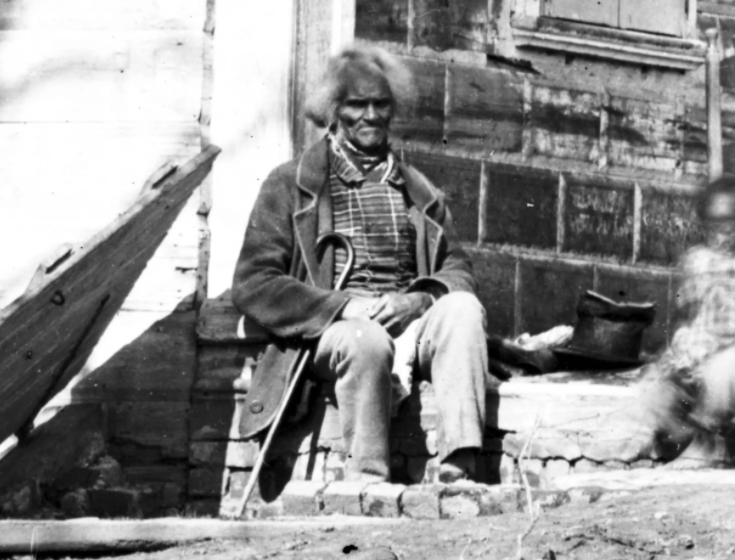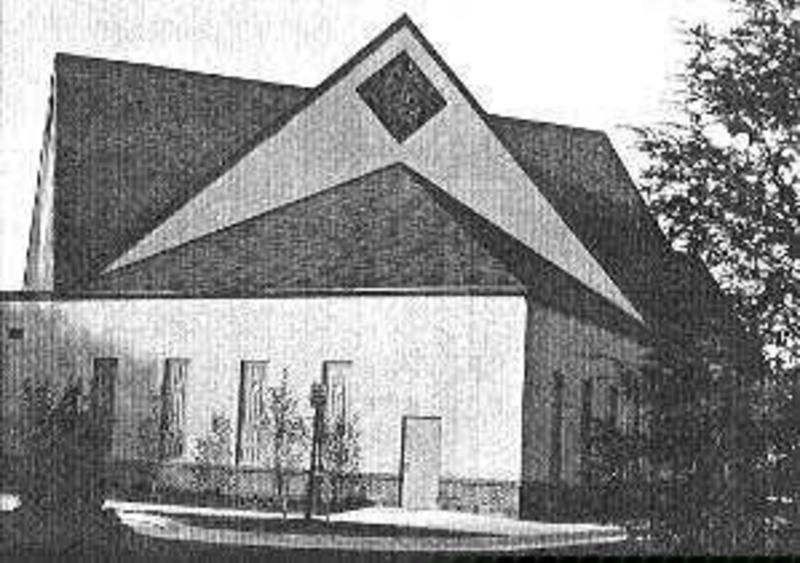Prior to the Civil War, many of Virginia's communities were a place where Black Americans sought only to survive. However, along the banks of the Potomac River lies a special community that wasn't just for "surviving," but for African Americans to be free, seek refuge, and ultimately build a thriving home. Gum Springs is the oldest African American community in Fairfax County, having been officially established in 1833. Today, the neighborhood continues to thrive with over 2,500 residents - up to 500 of whom are direct descendants of the original families.
A Freedman's Legacy

Photo Courtesy Mount Vernon Digital Encyclopedia
Born in 1785 in Westmoreland County, West Ford grew up as an enslaved worker on the Bushfield Plantation property owned by George Washington’s brother, John Augustine Washington, and his wife, Hannah Bushrod Washington. During his years at Bushfield Plantation, Ford was a trusted worker of the Washington family. When Hannah's son, Bushrod Washington, assumed ownership of Mount Vernon Estate in 1802, three years after George Washington's death, Ford was brought to the new property to supervise other enslaved workers, conduct business, and assist the Washington family with meetings and visitors to the estate.
In Hannah Washington's will, she stipulated two things with regard to West Ford: his vaccination against smallpox and his freedom at the age of 21 - which did indeed come to pass in 1806. Although given freedom, Ford continued to work as a caretaker and carpenter at Mount Vernon. When Bushrod Washington passed away in 1829, his will awarded 160 acres of land adjacent to the estate to Ford. In 1833, he sold the original 160 acres and purchased 214 acres adjacent to it. This new purchase would become the community of Gum Springs.
A Community Established

Photo Courtesy of Gum Springs Historical Society
West Ford's purchase of land soon became a safe haven for freed slaves and runaways to build a life of their own - free from the bondage of forced labor and enslavement. Over the years, free slaves began to migrate to the community by way of the nearby port of Alexandria, developing and constructing an independent community. With the assistance of Quakers from Woodlawn Estate and the Freedmen's Bureau, the residents of Gum Springs used the skills and trades learned as enslaved workers to establish independence.
Gum Springs soon became a place for newly emancipated slaves to settle and be reunited with separated families and for African Americans to grow. The first institution of Gum Springs, the Bethlehem Baptist Church and Schoolhouse, was established by runaway slave Samuel Taylor. In 1890, the Joint Stock Club was created for Black men to collaboratively buy and sell land to other African Americans for $30 per acre. With the establishment of new organizations, the community expanded and thrived. The triumph of this community, however, was not without adversity. The freedom of Black Americans from slavery is far from the end of the struggle.
In the 1950s and 60s, the residents of Gum Springs banded together to fight civil rights injustices that negatively affected their community such as segregation of Fairfax County Public Schools, lack of stormwater drainage that negatively impacted housing standards, and more - not to mention nationwide issues such as voting rights legislation. The list goes on. In the face of these issues, the story of Gum Springs remains full of triumph, perseverance, self-sustenance, and growth.
Gum Springs Today

Photo courtesy Gum Springs Museum & Cultural Center
Currently, the history and future of Gum Springs is being written every day by the original descendants of the founding freedmen. Many activities, including exhibits at the Gum Springs Museum, celebrate the long continuity of this historic Black community. The Gum Springs Historical Society keeps alive the history that is such an important part of Fairfax County's identity. To learn more information about Gum Springs, be sure to visit the museum or embark on its Virtual Tour. Be sure to call ahead and operating hours can vary.
For more interesting stories on Black History in #FXVA, learn about Laurel Grove School, the last remaining colored school in the area here. Explore the story of the Tinner Hill community, which became the first rural branch of the NAACP. Or learn about the unique ties that Sully Historic Site has with the Underground Railroad. You can also take an inner look at the African American experience during Civil War-era Virginia here.





